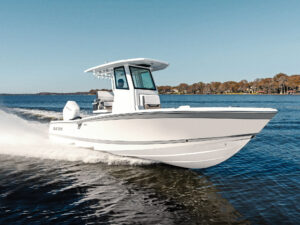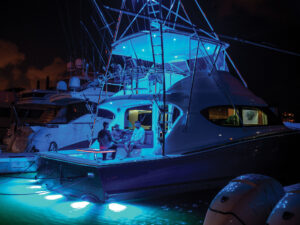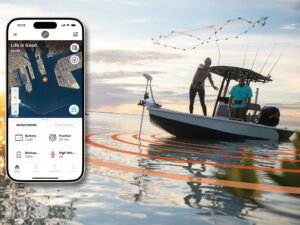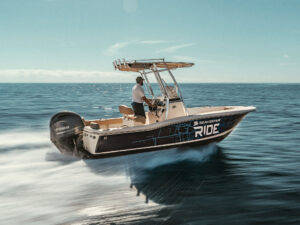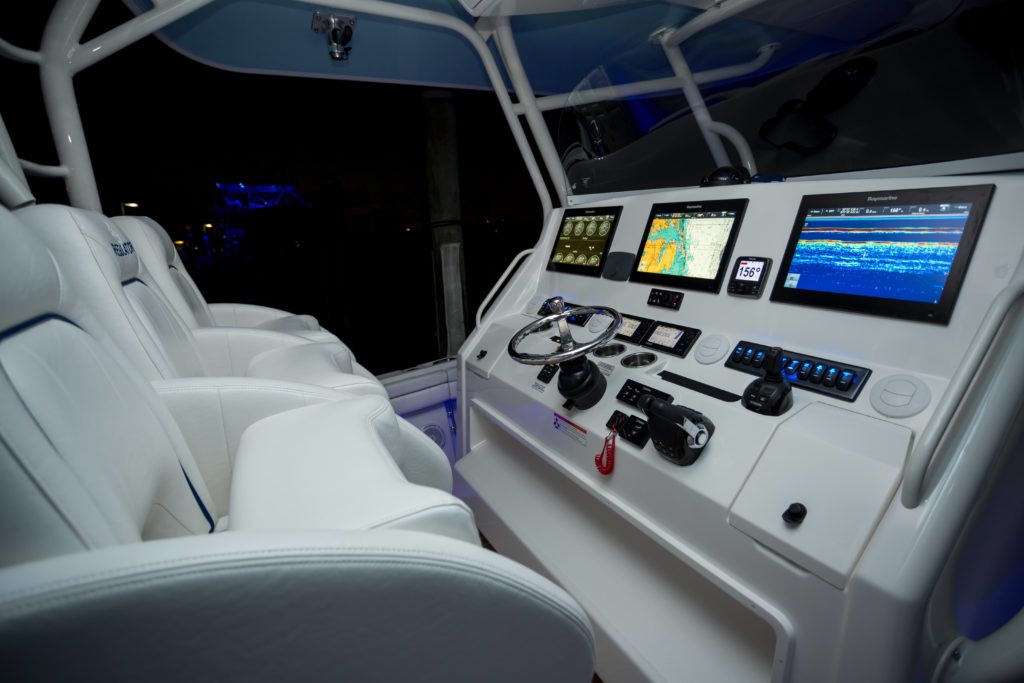
Just how big a fishfinder do you need? It’s a question just about every boat-owning angler will ask him or herself when they buy a new boat, and likely again when they upgrade their electronics. And it’s really, really easy to boil this question down to a one-line answer: You need the biggest fishfinder your boat’s helm can accommodate. Period. If you have the room, multiple fishfinders are even better.
Cost Equation
Simple, right? Okay, now let’s pick that assertion apart a bit. Obviously, the downside to getting a bigger fishfinder is additional cost. But ask yourself: What percentage of your boat’s cost would an up-sized unit amount to? Two to four percent is a pretty good guess in the case of an average center console in the 22- to 28-foot range.
Next question: Would you want to save two to four percent on your boat’s cost if you knew it meant you’d catch significantly fewer fish for the lifetime of the rig? Because that’s exactly what’s likely to happen.
Big Screen Effect
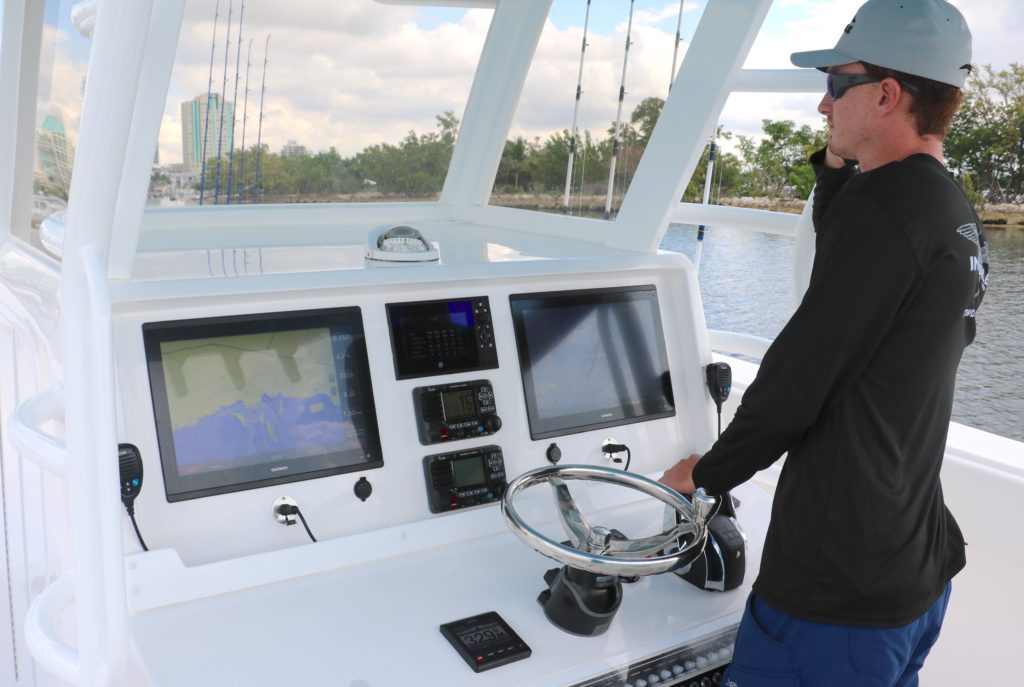
What you have to remember is that you’re trying to represent a vast area of water on a comparatively minute screen. If you’re fishing in 50 feet of water and trying to compress the snapshot of that swath of H2O onto a 5-inch screen, 30-inch fish will be little more than tiny dots. Trying to spot baitfish will be like trying to spot fairy dust.
But it gets worse, because these days many of us have side-scanning fishfinders. In plenty of scenarios you’ll want to split that screen, meaning you just halved the space available to display those chunks of the water column. Oh, and you say you’d like to see the chartplotter at the same time, too? That screen just shrank again.
HD Analogy
Do you remember when you upgraded your TV to a jumbo high-definition version, put on the Nature Channel, and discovered you could suddenly see the hairs on an ant’s leg? Or when you turned on the ball game you could tell if Tom Brady had shaved that morning? The difference is just as stark—and just as illuminating—with a grand-sized fishfinder screen.
Easier Navigation
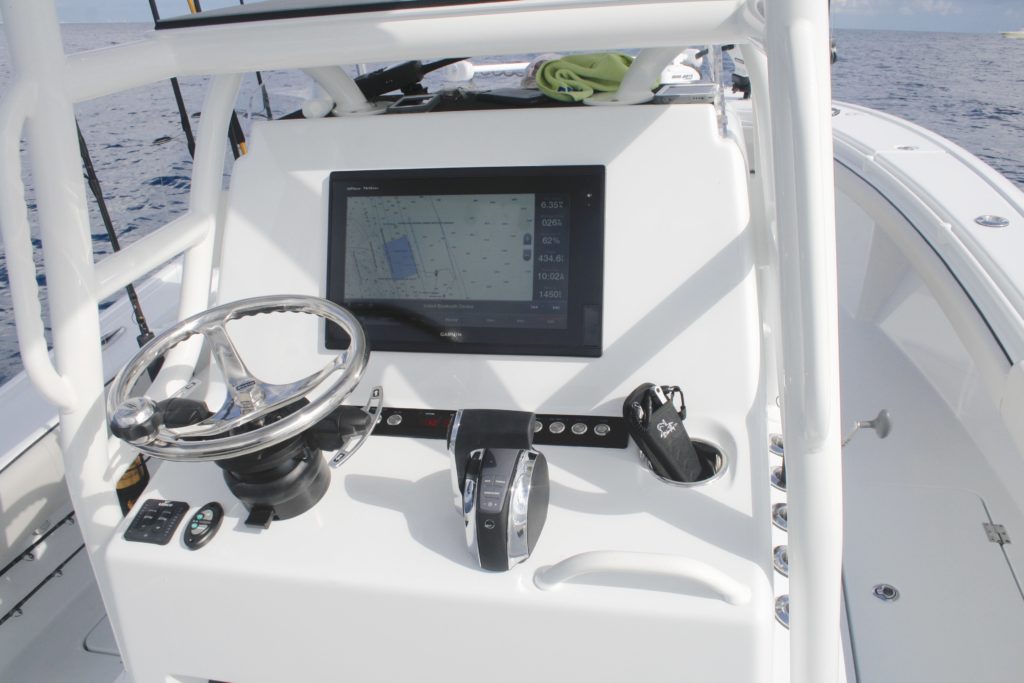
Just in case we haven’t convinced you yet, remember that navigating is a heck of a lot easier with a larger screen that allows you to zoom out a bit and still see details like contour lines and depths. You’ll be more accurate when plotting waypoints without having to do a bunch of zooming in and out to find things like markers or channels. And if you plan on spotting birds with radar, you’d darn well better have gobs of screen space to work with.
How Big is Big?
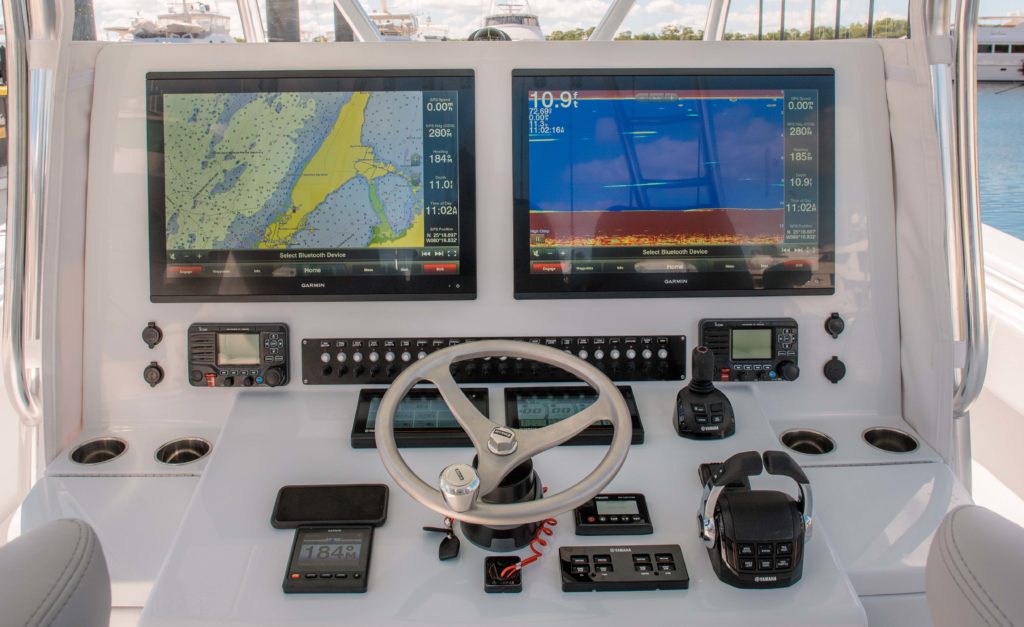
Just how big is big enough? Different folks have different opinions, but for most serious anglers anything under 9 to 11 inches is only useable for the most basic applications, and then only in full-screen mode. Upping the ante to 12 to 16 inches will make a massive visual difference. And the bottom line is that bigger is always better. So, stop asking how big a fishfinder you need. Instead, start measuring that helm station—and find out just how big a fishfinder you can possibly put on there.


